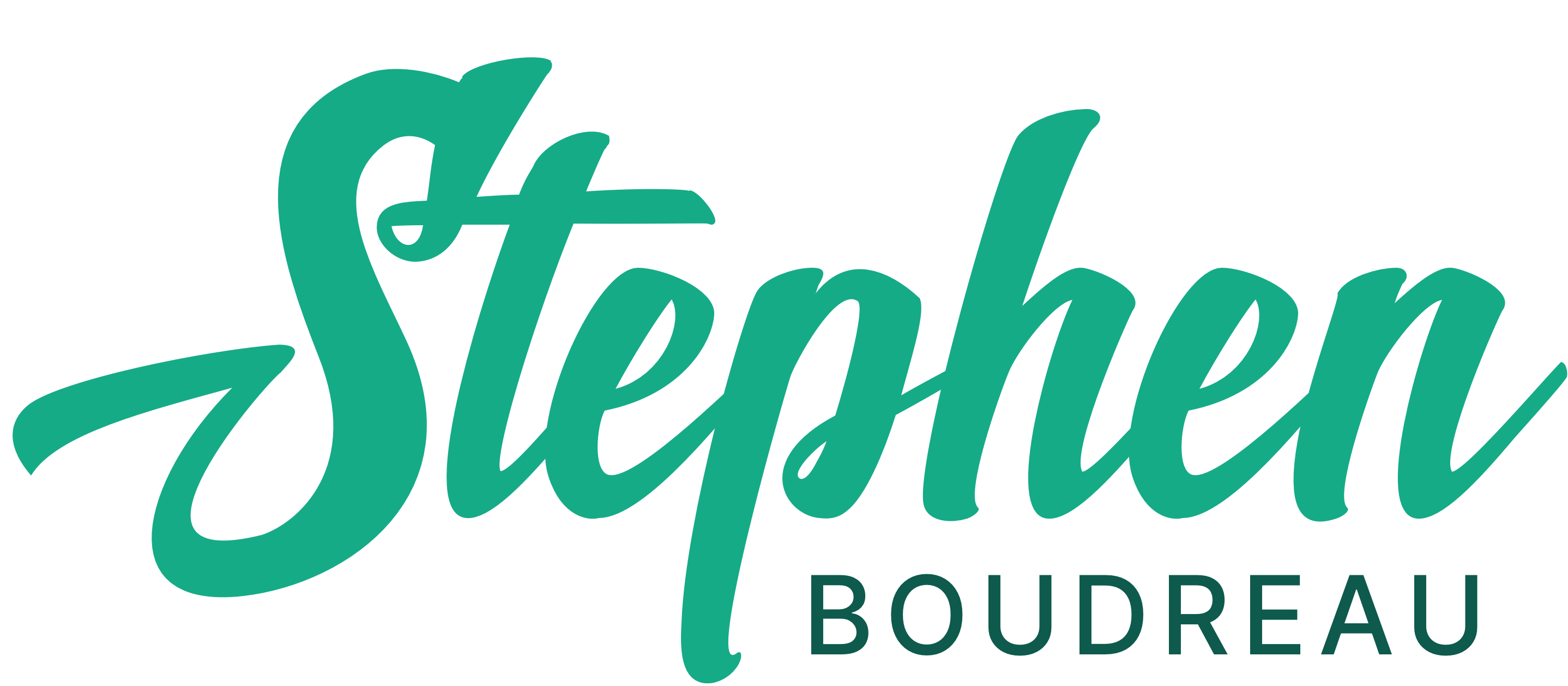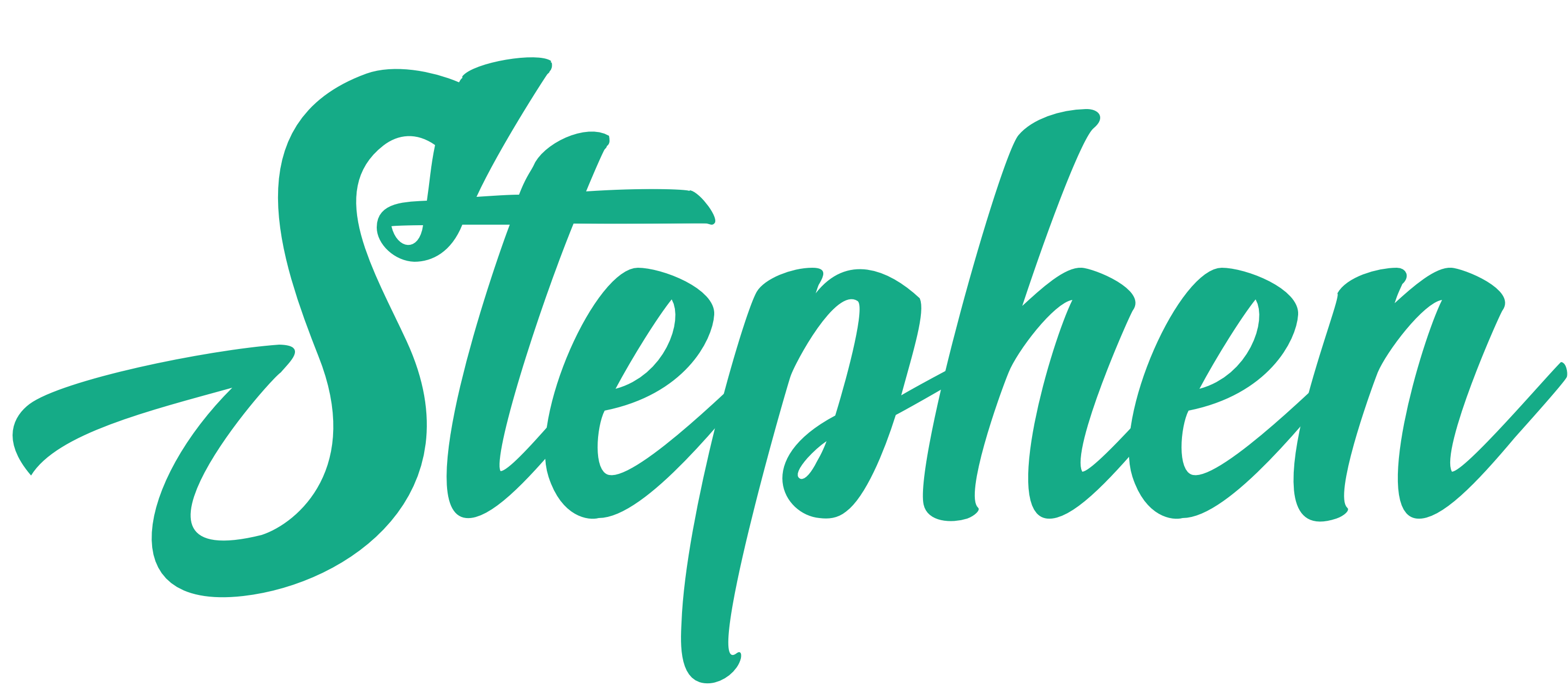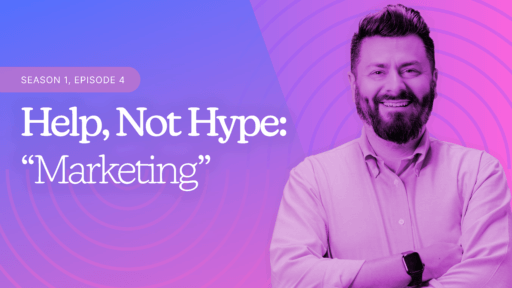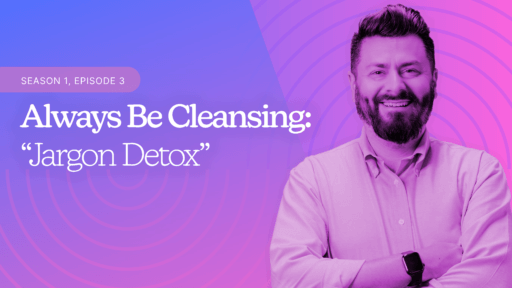“The simpler you say it, the more eloquent it is.”
August Wilson
When my company got acquired, I thought I was walking into the big leagues.
I wore my best blazer, practiced phrases like “strategic alignment,” and promised myself I’d stop saying like every three words.
I was ready to sound like a grown-up.
That lasted… about eight minutes.
The first meeting was a PowerPoint parade—every slide another acronym:
CAC. LTV. EBITDA. ARR.
They might as well have been reading out license plates.
And everyone was so confident. You could feel it. The head-nods, the tight smiles, the slightly aggressive pen-clicking—the universal body language of people who get it.
Except I didn’t.
I didn’t get any of it.
And when you don’t get it, you start doing the math:
Okay, don’t look confused. Look engaged. Not too engaged. Don’t furrow your brow—that’s “concerned.” Tilt your head slightly—that says, “Interesting.” Take notes—even if you don’t know what you’re writing.
So I wrote: “EBITDA = something with money???” and underlined it like I was cracking a code.
The CFO was at the front, clicking through slides like he was giving a sermon on The Book of Metrics.
He said, “Our CAC efficiency and LTV expansion are contributing to stronger NDR and accelerating ARR velocity.”
And everyone nodded. Every single person.
It was beautiful—like a flock of synchronized swimmers but with neck pain.
Now, part of me wanted to ask, “What does that mean?” But another part of me—the insecure, very human part—thought: Maybe it’s not for me to know. Maybe this is what smart sounds like.
So I nodded too. Because that’s what you do.
You nod. You perform competence.
It’s like jazz—if you fake the rhythm long enough, people stop noticing you don’t know the notes.
But the longer I sat there, the more the air thickened. Nobody was asking questions. Everyone was agreeing, but no one was connecting.
You could feel it, this collective tension. Like we were all part of the same group project, but none of us had read the assignment.
Finally, I hit my limit. My internal monologue just snapped and said, “You know what? Let’s find out what the hell we’re doing here.”
So I raised my hand.
And I said, as casually as I could, “Sorry, quick question—what’s NPS again?”
And the room stopped.
You could hear the click of a retracting pen somewhere in the back.
Then the CFO smiled—not a warm smile, more of a smile adjacent to patience. He said, “It stands for Net Promoter Score. It’s how we measure customer loyalty.”
And I nodded like that was obvious. “Right, right. Of course.”
But then something funny happened.
The woman next to me leaned forward and said, “Actually, I’ve never been totally clear on that either—how do we calculate it?”
And then another guy said, “Yeah, same.”
And suddenly, the room came back to life. People were talking again. Not performing, not translating—just talking.
It was like we’d all been holding our breath, and one tiny question let us exhale.
And here’s the part that stuck with me—it wasn’t about the acronym. It was about belonging.
When you walk into a room full of people who all seem to speak the same language, you assume you’re the outsider.
But sometimes, no one’s fluent—they’ve just learned how to nod in the right places.
That’s the thing about jargon—buzzwords, acronym salad, whatever you want to call it. It’s ultimately just a shared language.
But that’s the key—it has to be shared.
It’s what happens when people spend enough time together—they build shortcuts. Little verbal handshakes. A common rhythm.
Like when couples finish each other’s sentences, or your coworkers know that “the thing” means the big thing and not the other thing.
And for a while, that’s kind of beautiful.
But it can also sneak up on you.
A few weeks ago, I was in an all-hands meeting, walking the team through our new campaign strategy.
I was in my groove—pacing, gesturing, the whole thing. The kind of confident body language that says, “I’ve read a book about body language.”
I said, “This is a really strong ABM play for us heading into Q4.”
And everyone nodded.
Except one person.
A member of our customer success team raised her hand and politely asked,
“Sorry… what’s ABM?”
The room went quiet for a half-second—that same familiar quiet.
And suddenly, I was right back in that merger boardroom, nodding along, pretending to know what everyone else meant.
I smiled—part gratitude, part déjà vu, part OH NO—IT’S ME NOW!
But there it was again—that quiet bravery I’d needed once.
I said, “It stands for Account-Based Marketing.”
And even with that relief, I felt myself slipping into this long, confident explanation that sounded like I was drafting my response for LinkedIn.
Halfway through, I just stopped, laughed, and said,
“It basically means we’re focusing on the right people instead of shouting at everyone.”
And that was it.
Simple.
Human.
But in that small pause, something shifted—not just for her, but for me.
Building a shared language isn’t something you arrive at.
It’s something you nurture. On purpose.
It’s part clarity, part curiosity, and mostly just the courage to keep asking—and keep explaining—until everyone’s in on it.
And maybe that’s the real job.
Not just knowing the words, but creating a room where asking is a compliment, not a confession. Where “What does that mean?” isn’t a sign of being behind, but proof that you care enough to catch up.
Because everyone has a role in that room.
Some of us are learning the language.
Some of us are teaching it.
Most of us are doing both—usually at the same time.
And it all starts with a question.
One brave, beautifully human question.






